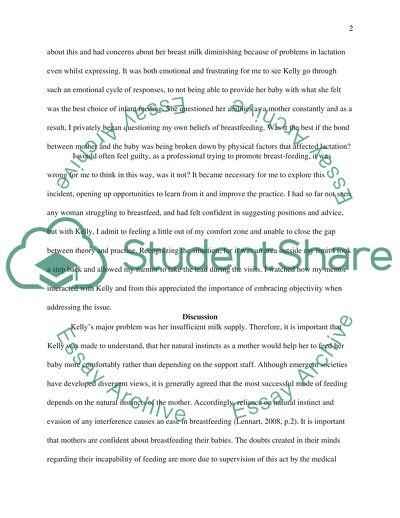Cite this document
(Midwifery - Breastfeeding promotion as a student midwife Term Paper, n.d.)
Midwifery - Breastfeeding promotion as a student midwife Term Paper. https://studentshare.org/nursing/1770849-midwifery-breastfeeding-promotion-as-a-student-midwife
Midwifery - Breastfeeding promotion as a student midwife Term Paper. https://studentshare.org/nursing/1770849-midwifery-breastfeeding-promotion-as-a-student-midwife
(Midwifery - Breastfeeding Promotion As a Student Midwife Term Paper)
Midwifery - Breastfeeding Promotion As a Student Midwife Term Paper. https://studentshare.org/nursing/1770849-midwifery-breastfeeding-promotion-as-a-student-midwife.
Midwifery - Breastfeeding Promotion As a Student Midwife Term Paper. https://studentshare.org/nursing/1770849-midwifery-breastfeeding-promotion-as-a-student-midwife.
“Midwifery - Breastfeeding Promotion As a Student Midwife Term Paper”. https://studentshare.org/nursing/1770849-midwifery-breastfeeding-promotion-as-a-student-midwife.


